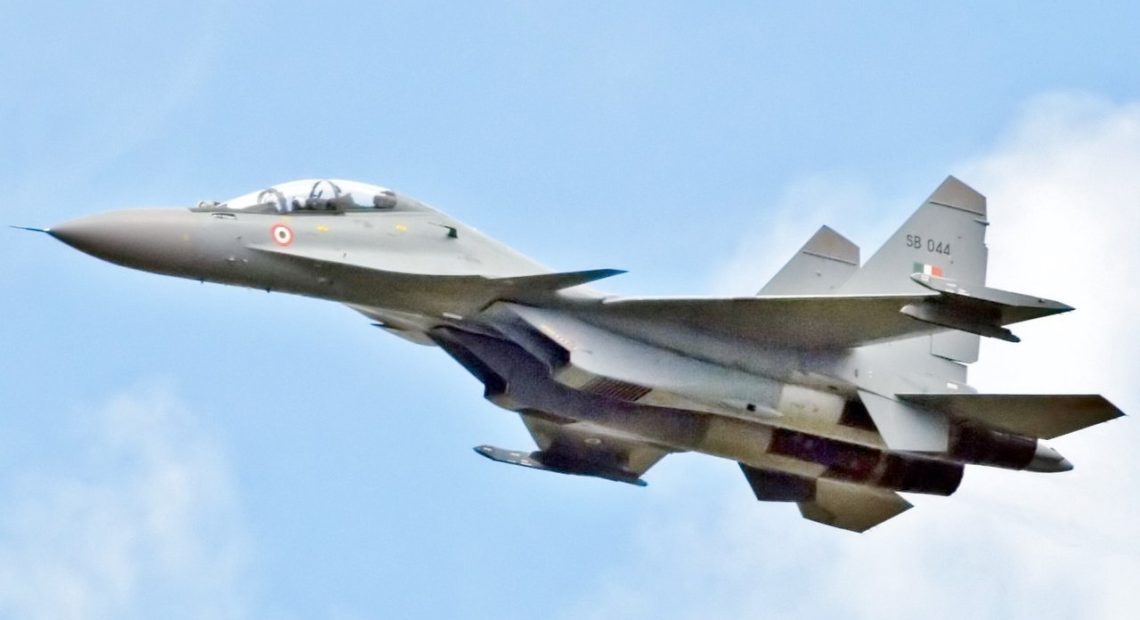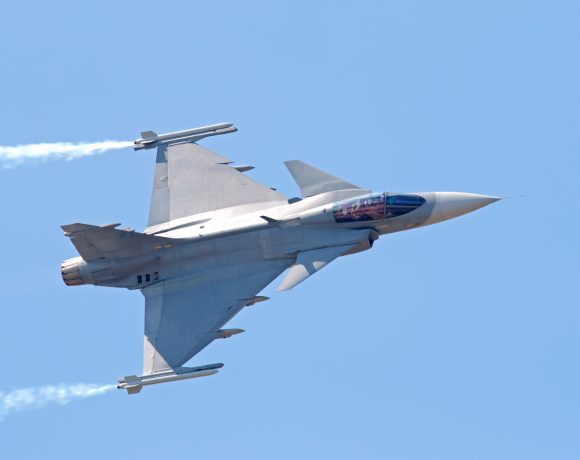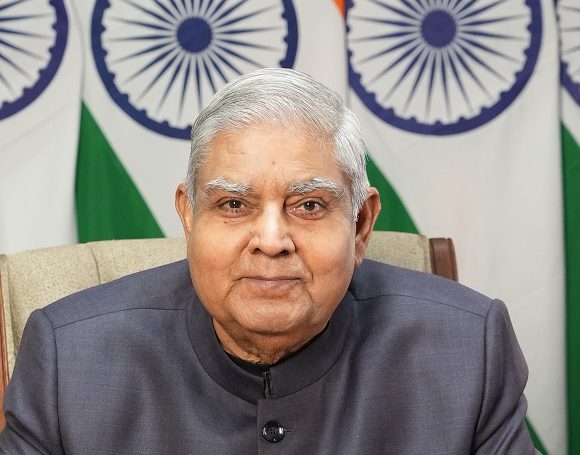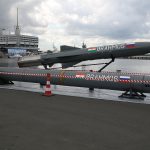
IAF, DRDO Test Astra Missile from Su‑30MKI
The Indian Air Force (IAF) and DRDO successfully flight-tested the indigenously developed Astra beyond-visual-range air-to-air missile (BVRAAM) from a Su‑30MKI fighter jet off Odisha’s coast on July 11. The tests used two missiles equipped with an Indian-developed radio-frequency seeker, both of which accurately intercepted high-speed unmanned aerial targets.
Dual Launches Hit Mark Precisely
During the trial, two Astra missiles were launched at varied ranges and engagement angles. Both hits were confirmed by tracking systems, validating the missile’s guidance, propulsion, and seeker modules. Officials described the tests as a significant success.
Indigenous Seeker and Key Technological Milestone
The Astra’s RF seeker, fully designed in India, performed flawlessly in the “kill” phase. This marks a key achievement in boosting India’s defence self-reliance and reducing foreign dependence for critical missile components.
Technical Details & Range
The Astra missile has a confirmed strike range exceeding 100 km. Its integration into the Su‑30MKI platform enhances the fighter’s aerial combat capabilities at long distances.
Boost to Defence Manufacturing Ecosystem
Over 50 Indian public and private firms, including HAL and Bharat Dynamics Limited, were involved in the development and integration phases. Defence Minister Rajnath Singh called the successful test a “credible mission capability” milestone for India-made weapon systems.
Path Ahead for Astra Variants and Integration
Further integration of Astra Mk-1 is planned for the Tejas Mk‑1A, MiG‑29K, and Rafale. DRDO is also working on extended-range variants (Mk‑2 and Mk‑3) featuring advanced seekers and propulsion technologies.


















